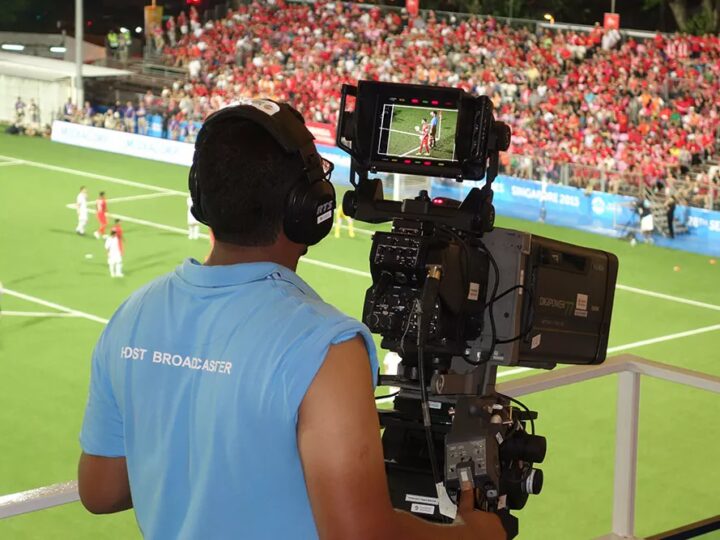Major League Baseball has seen significant changes to the way it broadcasts its games over the years. The evolution of MLB broadcasts is a reflection of both the advancements in technology and the league’s dedication to improving the fan experience. This article will explore the evolution of MLB broadcasts and the innovations that have changed the way Americans consume America’s favorite pastime.
Radio Era
MLB broadcasts have their roots in the early 20th Century when radio was a powerful tool for providing live play-by-play commentary. Mel Allen, Red Barber, and other iconic broadcasters became synonymous with baseball. They painted vivid images for fans at home. Radio allowed baseball fans to follow their teams and players even if they were not in a stadium. This helped the sport gain popularity MLB중계
.
The Television Revolution
In the middle of the 20th century, television broadcasts began to transform. Televised MLB games became a household staple, allowing fans to watch the action live. Instant replays and camera angles added a whole new dimension to viewing, allowing viewers to examine key moments in more detail. Vin Scully, Harry Caray, and other legends became household names by weaving stories that captured millions of viewers.
Satellite and Cable Broadcasting
Cable and satellite broadcasting became a game changer in MLB broadcasts as technology advanced. Regional sports networks (RSNs), which allowed fans to watch a wider range of matches, ensured that every fan could see their favorite matchups. This period also saw the rise of dedicated channels that offer 24/7 coverage and analyses, deepening fans’ connection with the game.
The Digital Age
MLB adapted to the new media landscape in the 21st century, which was ushered by digital broadcasting. Mobile apps and online streaming services allowed fans to watch their favorite games anywhere, breaking away from the constraints of traditional television. MLB Advanced Media, the league’s digital division, was instrumental in creating platforms such as MLB.tv. This platform offers subscribers a comprehensive, interactive viewing experience.
Virtual Reality and Augmented Reality
MLB has been embracing cutting-edge technology like virtual reality and augmented reality in recent years to immerse its fans into the game. VR broadcasts provide a 360-degree view, giving viewers the feeling of being in the stands, or on the field. AR overlays live statistics and graphics on the broadcast to enhance the analytical experience.
Social Media Integration
Social media’s rise has also affected the way MLB broadcasters interact with their fans. Teams and broadcasters use platforms such as Twitter, Instagram, and Facebook to share highlights and behind-the-scenes content and interact with their audience in real-time. Social media is a powerful way to build communities and foster a sense of camaraderie between fans around the world.
Conclusion:
The evolution of MLB broadcasts reflects the wider trajectory of technological advances in the media landscape. The league has always embraced innovation, whether it was in the radio age or the digital age with streaming and virtual realities. Its goal is to engage fans by bringing baseball to them in new and exciting ways. The future will bring even more opportunities to enhance the fan experience and ensure that baseball’s magic remains timeless in millions of hearts.







